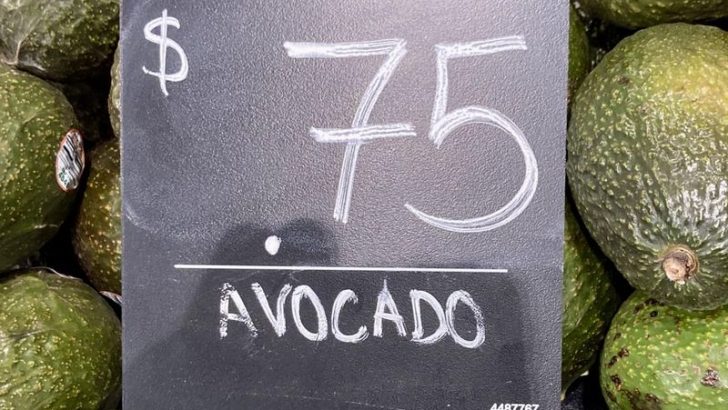The U.S. market has seen various products rise in popularity, only to later become less appealing due to escalating prices. This list explores 14 such items that Americans once adored, but whose costs sadly spiraled out of reach for many.
1. Avocados
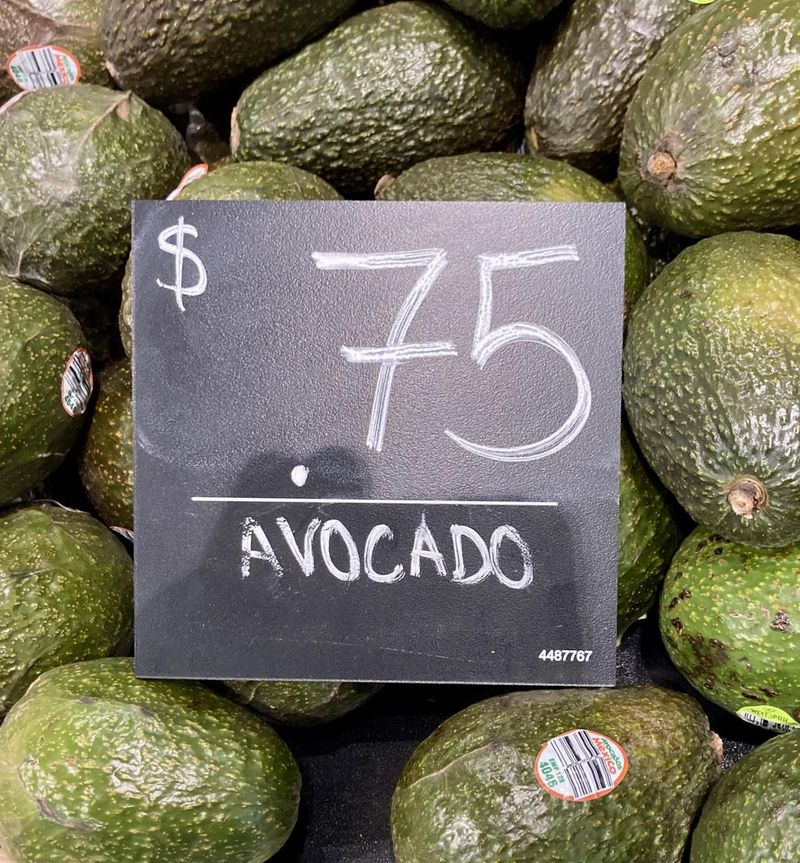
Once heralded as a superfood, avocados became a staple in American households. Their buttery texture and versatile nature made them perfect for everything from salads to smoothies. However, environmental factors and increased demand have driven prices skyward.
As consumers scrambled to keep up with trends, the cost of avocados left many wallets lighter. Did you know? Avocados need specific climates to thrive, causing fluctuations based on harvest quality. A once affordable delight, their rise in price has made them a luxury for some.
A staple no more, avocados represent the impact of market demands.
2. Bacon

There’s nothing quite like the sizzle of bacon in the morning. Its smoky aroma can turn any breakfast into a feast. Once a staple of American cuisine, bacon has seen its price soar due to increased demand and supply challenges.
The surge in popularity of high-protein diets contributed to this rise, making it a premium item at grocery stores. Ever wondered how bacon could become so pricey? It’s a testament to consumer trends affecting market prices.
Bacon’s journey from humble breakfast side to expensive treat is a lesson in economics.
3. Coffee
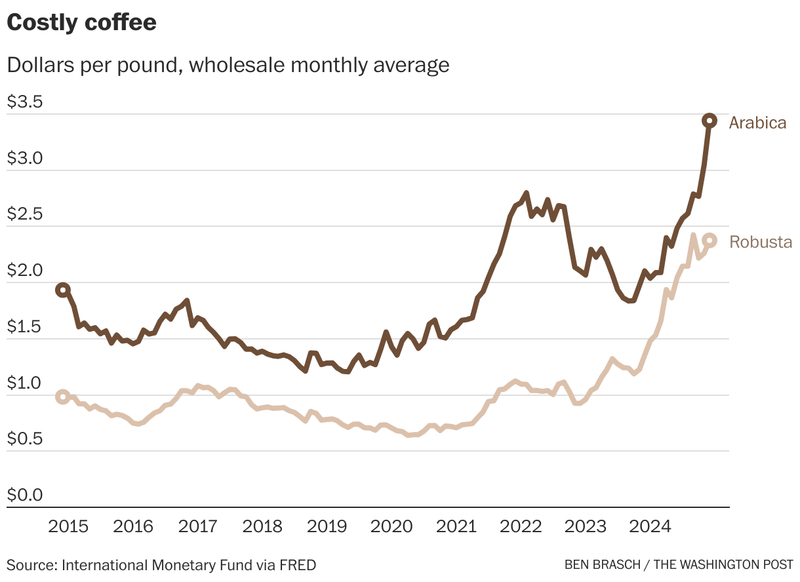
Morning rituals often start with coffee—a beloved companion to many. Its rich aroma and invigorating properties have made it indispensable. As global demand rose, unforeseen challenges like climate change impacted coffee production, sending prices upward.
The cost of your daily brew may now feel like a splurge rather than a necessity. Did you know? Coffee’s journey from bean to cup is a complex one, influenced by countless factors. Once a cost-effective morning boost, its expense now prompts second thoughts.
The evolution of coffee pricing is a wake-up call to global influences.
4. Gasoline

Filling up the tank used to be a mundane task, but the rising cost of gasoline has turned it into a moment of reflection. As geopolitical tensions and market shifts occur, gasoline prices fluctuate dramatically.
Once taken for granted, affordable fuel now feels like a distant memory. The impact of these price hikes resonates with commuters across the nation. Did you know? Gasoline prices are often influenced by global events beyond local control.
A necessary commodity, its price volatility serves as a reminder of the interconnectedness of global economies.
5. Healthcare

The American healthcare system is renowned for its advancements, yet it has become synonymous with high costs. As technological innovations grew, so did the price of receiving medical care.
Once accessible to many, healthcare expenses now burden countless families. The rising costs are a reflection of numerous factors, including administrative fees and pharmaceutical pricing.
Did you know? The U.S. spends more on healthcare per capita than any other country. This spending surge translates to individual financial strain, making healthcare a contentious issue in American life.
6. Higher Education
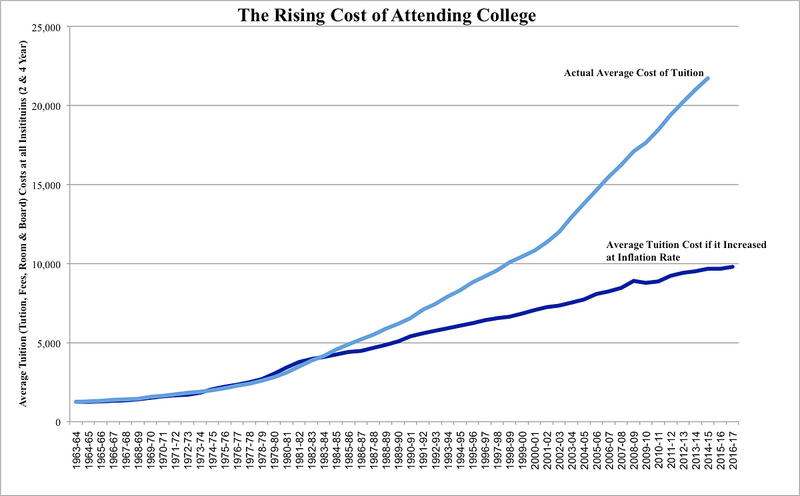
Dreams of a college education are cherished by many, but soaring tuition fees have cast a shadow on this aspiration. Once a pathway to success, higher education has become a financial challenge for many families.
The relentless increase in tuition often leads to substantial debt, altering life decisions for young graduates.
Did you know? The cost of college education in the U.S. has risen faster than inflation, making it a hot topic in economic discussions. Higher education now symbolizes both opportunity and financial pressure.
7. Housing
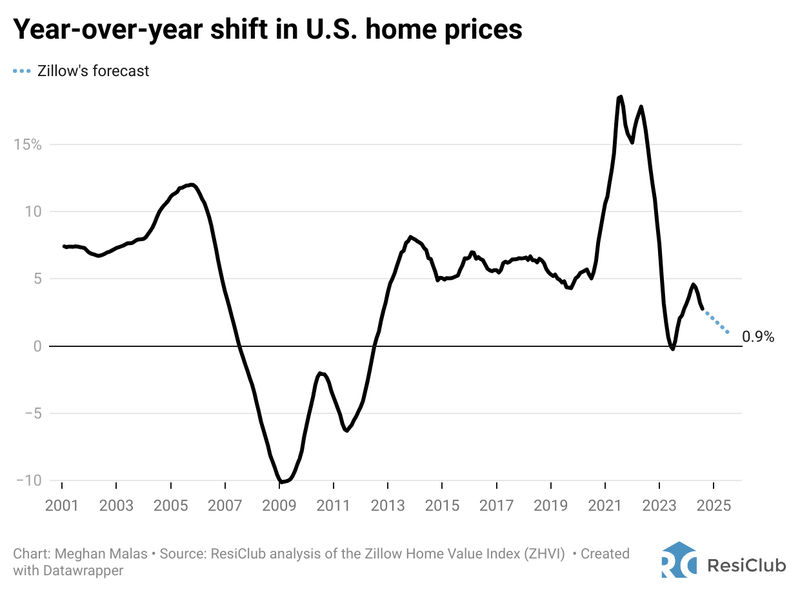
Homeownership is a cornerstone of the American dream, yet high housing prices have put it out of reach for some. Once a symbol of stability, the real estate market has seen unprecedented growth in costs.
Economic factors and urban demand contribute to this surge, reshaping the landscape of home buying.
Did you know? Housing affordability is a critical issue affecting urban planning and policy. The dream of owning a home has become a complex financial equation, reflecting broader economic trends.
8. Prescription Drugs

Prescription medications are vital for health and wellness, but their rising costs have become a significant concern. Once manageable, these expenses now challenge patients nationwide.
Pharmaceutical innovation and market dynamics play a role in this trend, affecting access to necessary treatments.
Did you know? The U.S. drug pricing system differs significantly from other countries, leading to unique challenges. The financial weight of prescriptions underscores the complexities of healthcare economics.
9. Rent
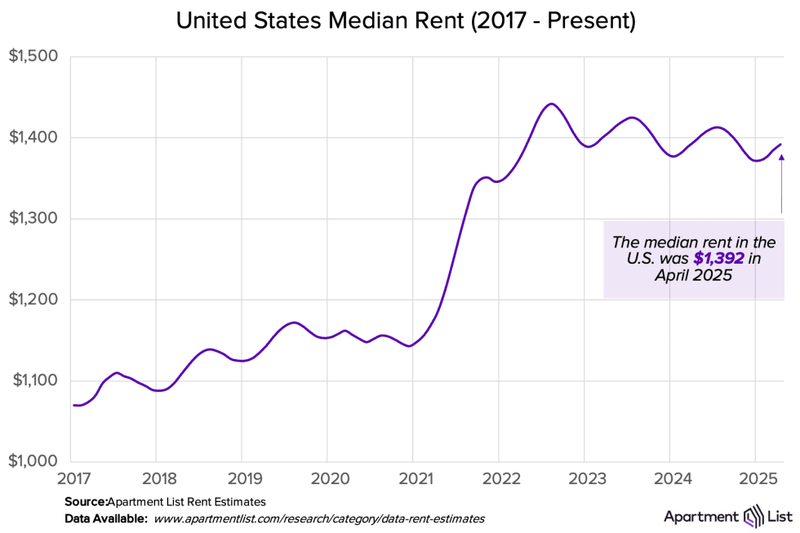
The search for the perfect apartment often ends in sticker shock as rent prices climb. Once a practical option for city dwellers, renting has become a costly endeavor.
Urban development and demand fuel this upward trend, affecting lifestyle choices for many.
Did you know? Rent increases often outpace wage growth, creating disparities in housing accessibility. The rising cost of rent reflects deeper societal and economic patterns that influence urban life.
10. Beef

Known for its rich flavor, beef is a favorite on many American tables. Yet, the rising cost of beef has transformed it into a luxury for some. Environmental impacts and supply chain issues contribute to this increase, reshaping meal planning.
Did you know? Beef production is resource-intensive, influencing its market price significantly. Once a regular feature at family gatherings, its expense now urges reconsideration of dietary choices.
The escalating price of beef highlights the intricate connection between agriculture and economy.
11. Lumber

The creak of a new wooden floor or the scent of fresh pine is unmatched, yet lumber prices have soared to new heights. Once an accessible material for builders, its cost rise has impacted construction plans nationwide.
Factors like trade tariffs and natural disasters have influenced this surge, causing delays and budget overruns.
Did you know? The fluctuation in lumber prices can affect everything from home building to small DIY projects. The high cost of lumber reflects broader trade and environmental issues.
12. Eggs
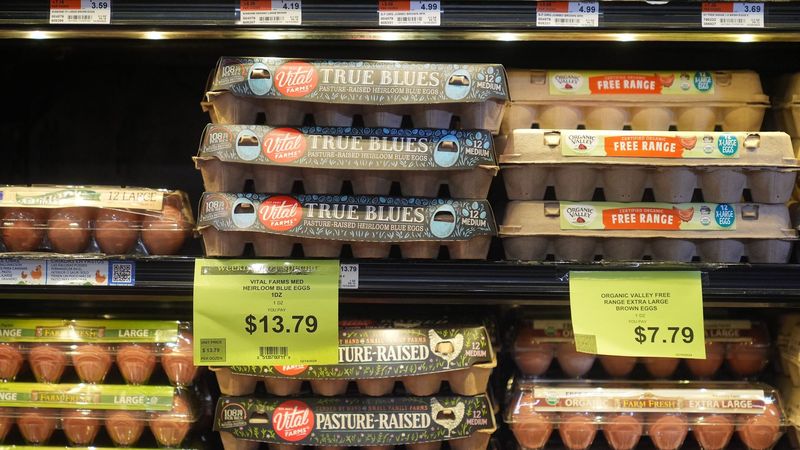
Eggs are a dietary staple with versatility unmatched by many other foods. However, recent price hikes have scrambled budgets everywhere. Disease outbreaks and supply chain disruptions are primary culprits in these increases.
Once an affordable source of protein, eggs now require careful planning in grocery lists.
Did you know? Egg prices can fluctuate based on factors like feed costs and production methods. The rising cost of eggs is a reflection of larger agricultural and economic challenges.
13. Chicken

Chicken’s adaptability in recipes makes it a household favorite, yet its price is no longer as palatable. Supply chain issues and increased feed costs have contributed to this rise, affecting dinner tables across America.
Did you know? Chicken production requires significant resources, influencing its market price. Once a go-to for budget-conscious families, its expense now prompts reevaluation of meal choices.
The escalating cost of chicken highlights the intricate dynamics of global trade and agriculture.

Mother of three and a primary school teacher. I’ve always loved being around children and helping them, so I chose my path as a teacher. It is sometimes hectic with three children, but I am 100 percent into it and wouldn’t change it for anything in the world.

